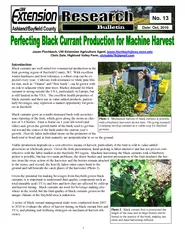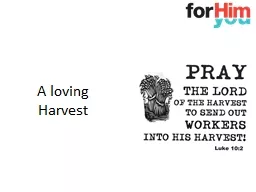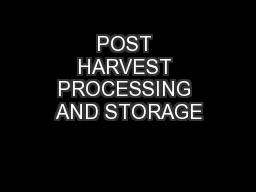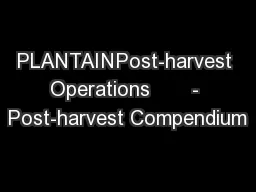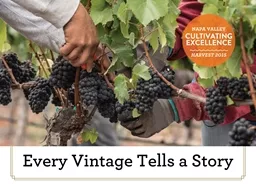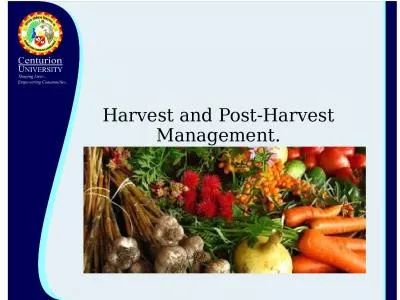PDF-Perfecting black current production for machine harvest
Author : yoshiko-marsland | Published Date : 2017-07-20
13 Date Oct 2010 Jason Fischbach UWExtension Agriculture Agent jasonfischbachcesuwexedu Chris Dale Highland Valley Farm chrisdale78gmailcom 1 Introduction Black
Presentation Embed Code
Download Presentation
Download Presentation The PPT/PDF document "Perfecting black current production for ..." is the property of its rightful owner. Permission is granted to download and print the materials on this website for personal, non-commercial use only, and to display it on your personal computer provided you do not modify the materials and that you retain all copyright notices contained in the materials. By downloading content from our website, you accept the terms of this agreement.
Perfecting black current production for machine harvest: Transcript
Download Rules Of Document
"Perfecting black current production for machine harvest"The content belongs to its owner. You may download and print it for personal use, without modification, and keep all copyright notices. By downloading, you agree to these terms.
Related Documents

